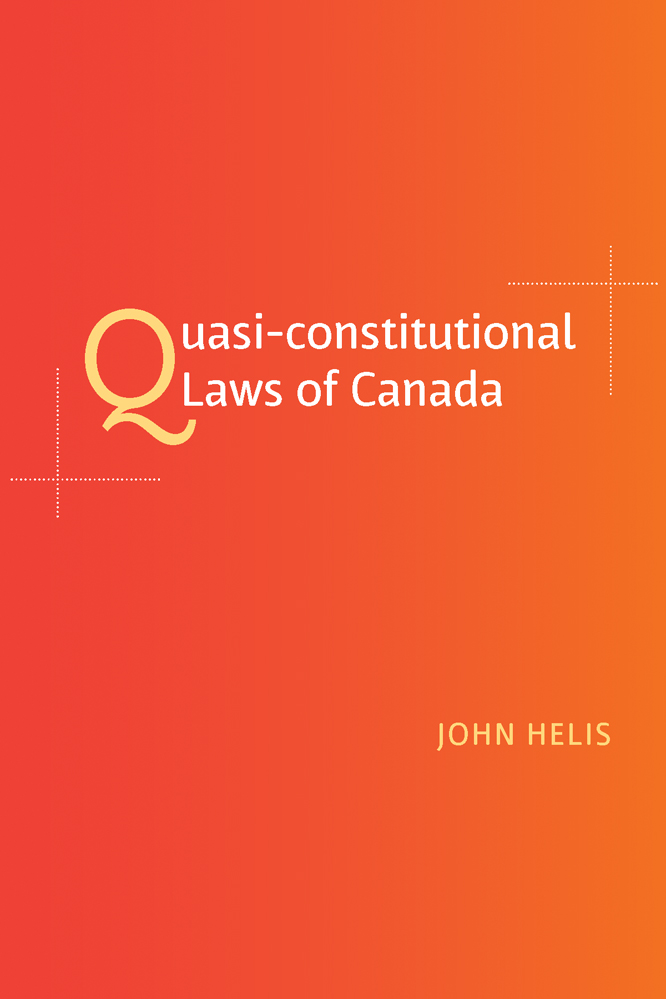Product Description
This book begins by examining the nature and scope of the right to privacy and the moral basis and status: What is privacy? What interests does it affect and protect? Is there a justification for the right?
It discusses the relevant legal regime in all Australian jurisdictions. It covers the extent to which privacy has been protected under common law and equity and then weaves these principles into the statutory discussion of privacy. It focusses specifically on the most important areas of privacy protection – medical records, communications, criminal investigations and DNA, employment, territory, etc. Finally, it examines how the law may develop in the future.








